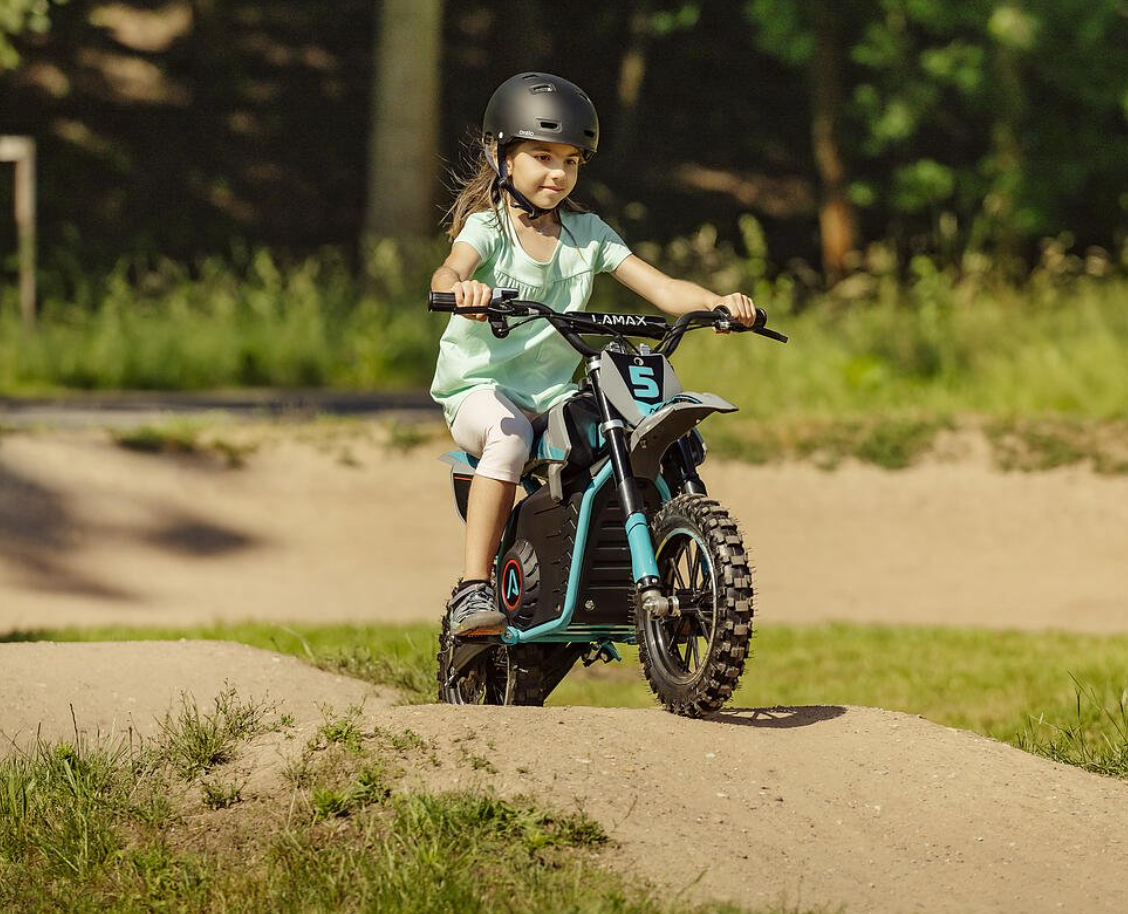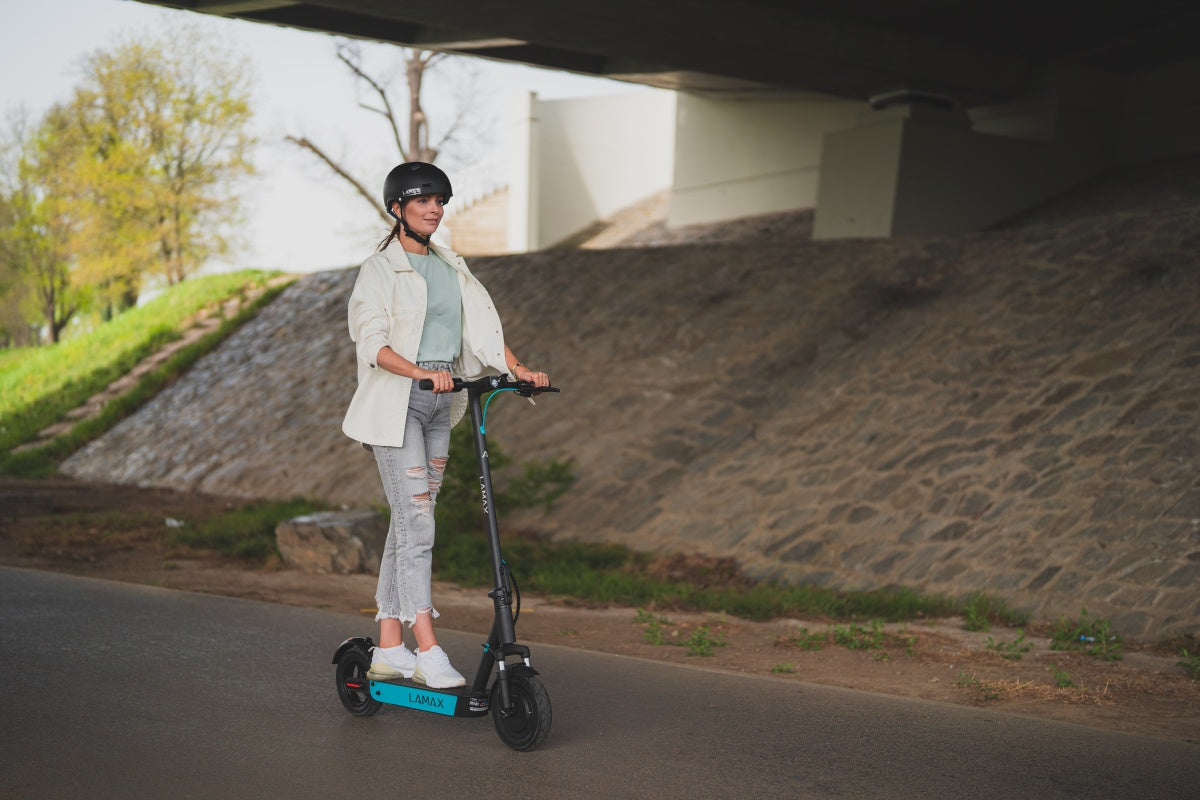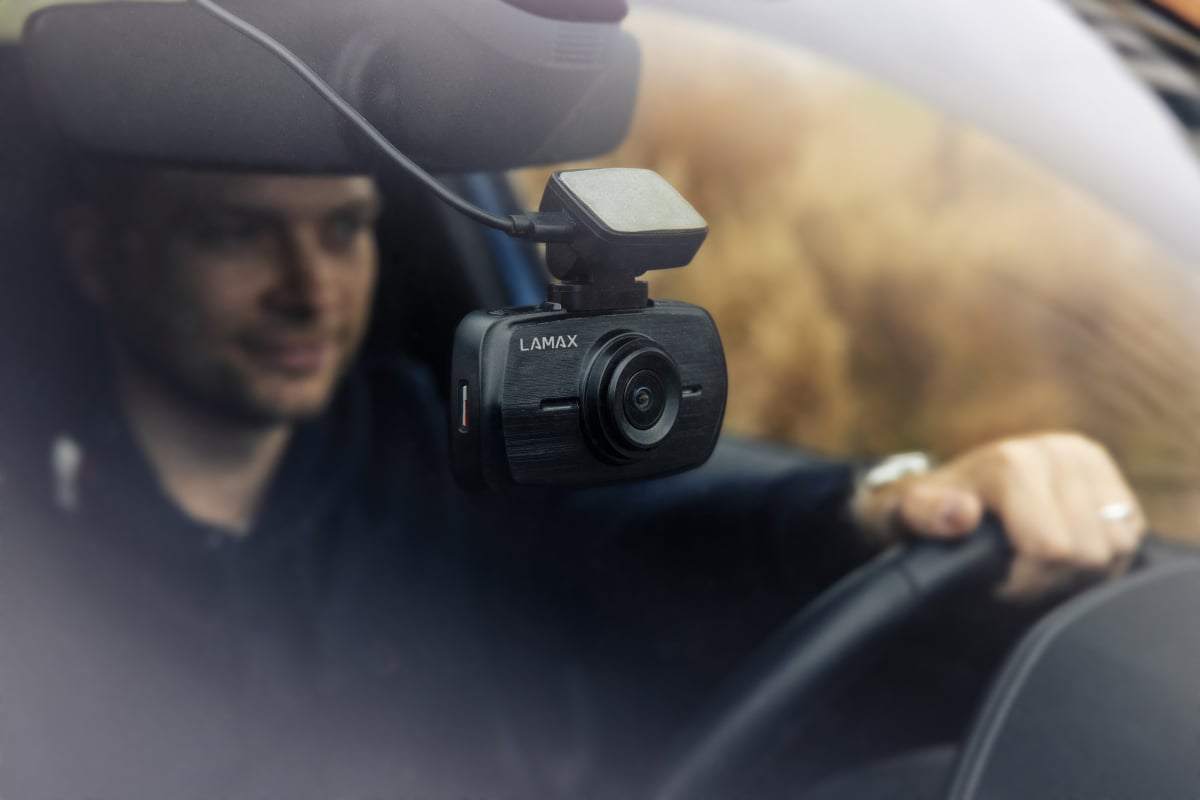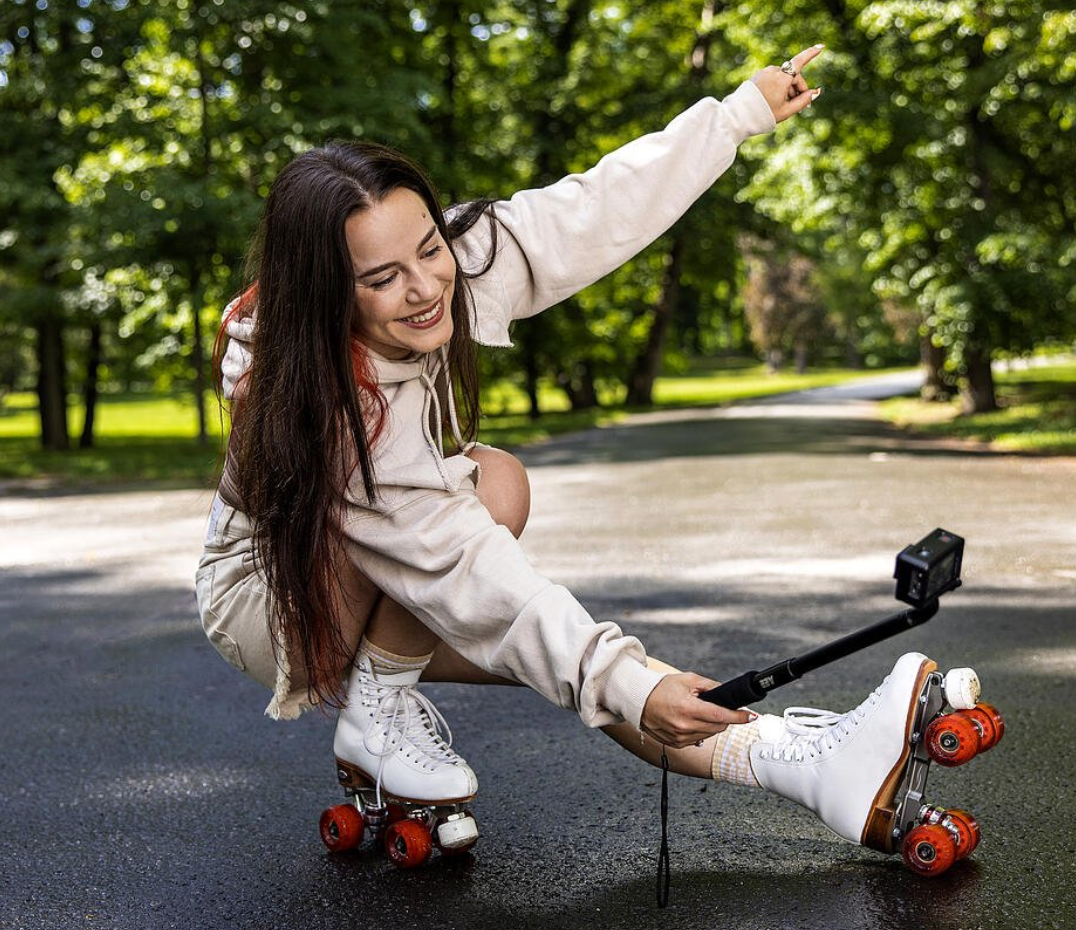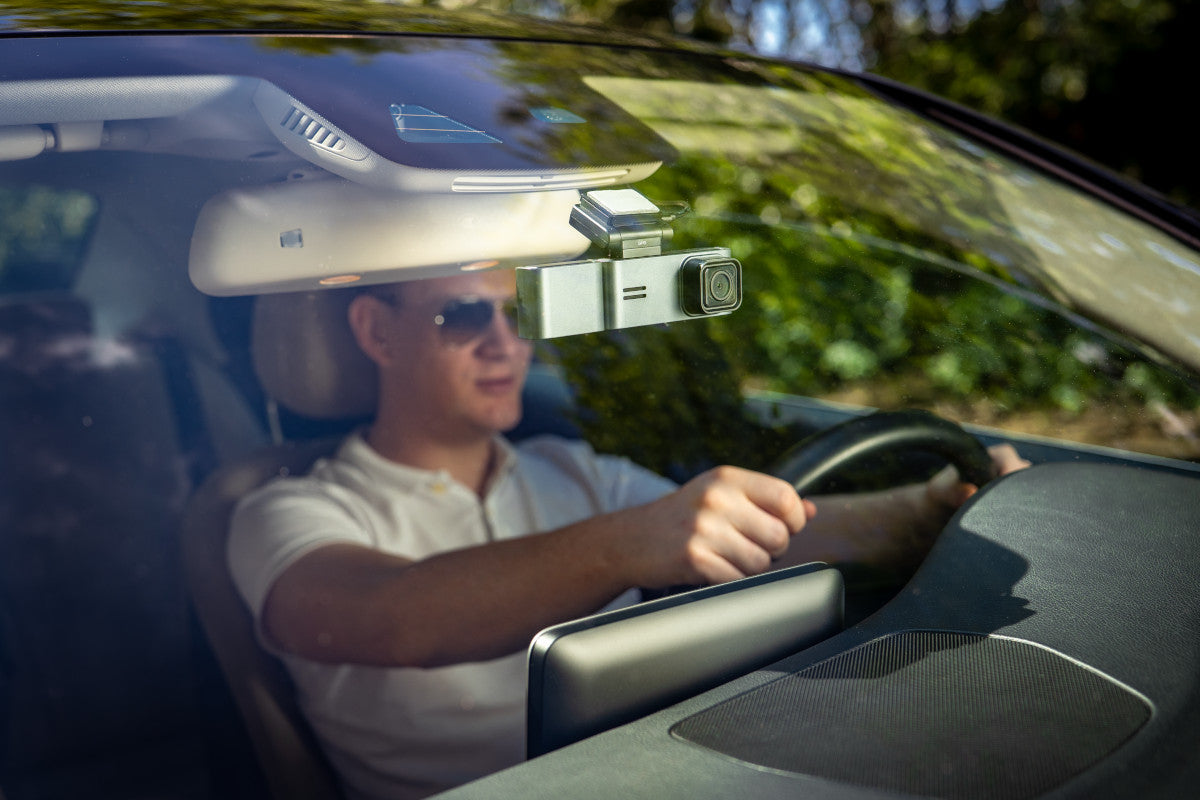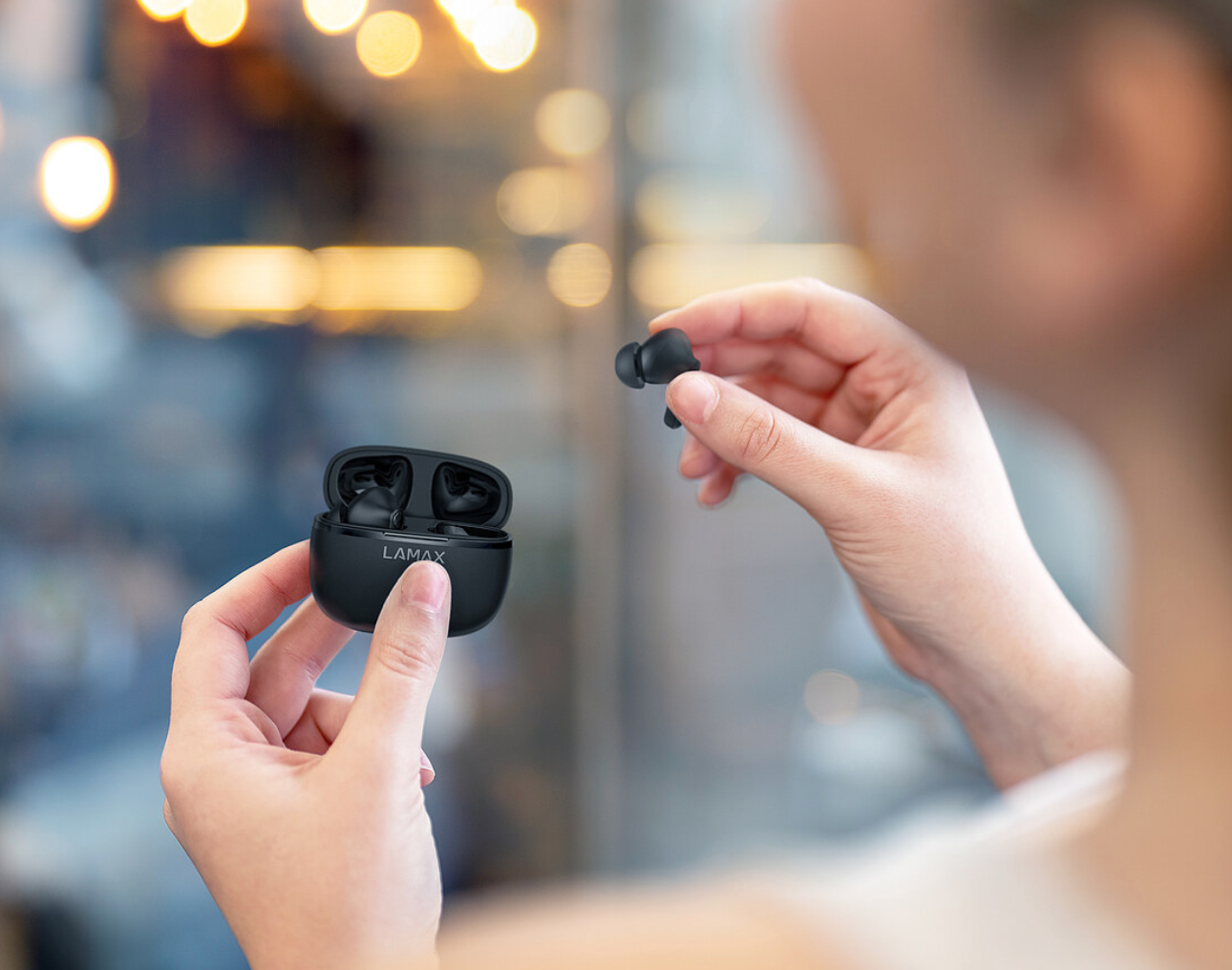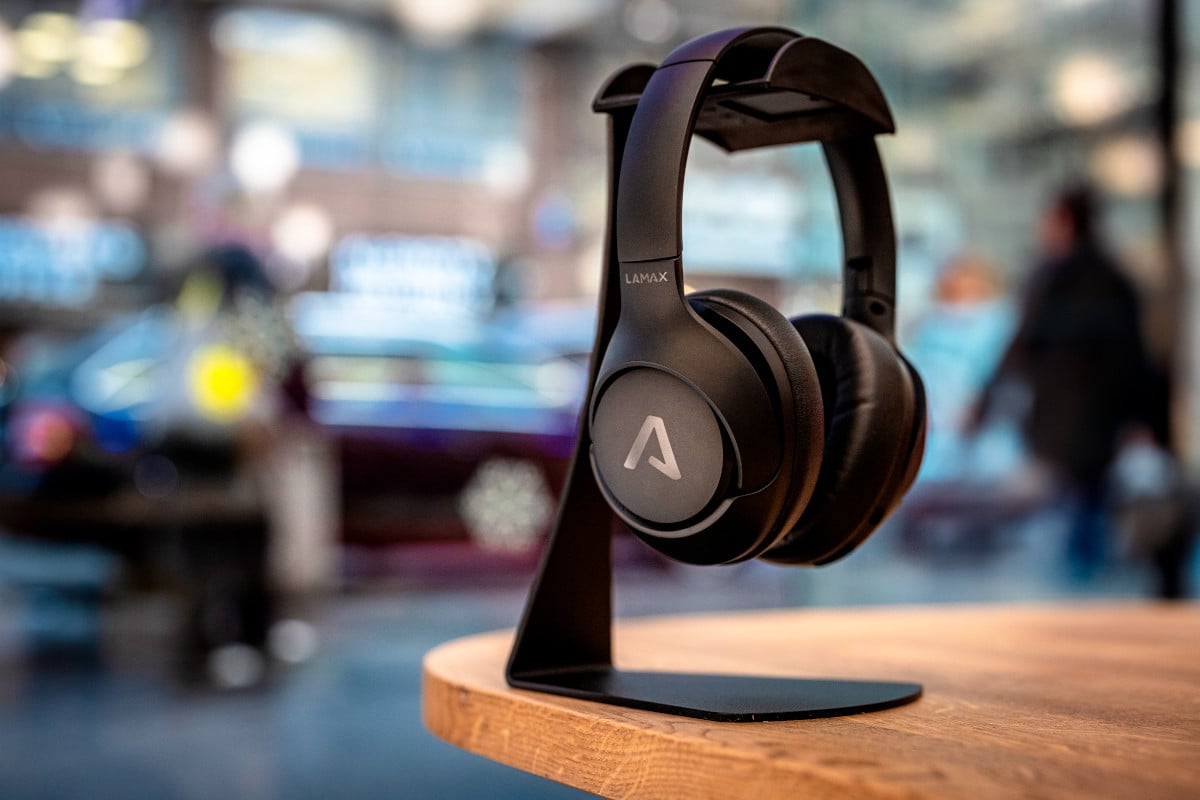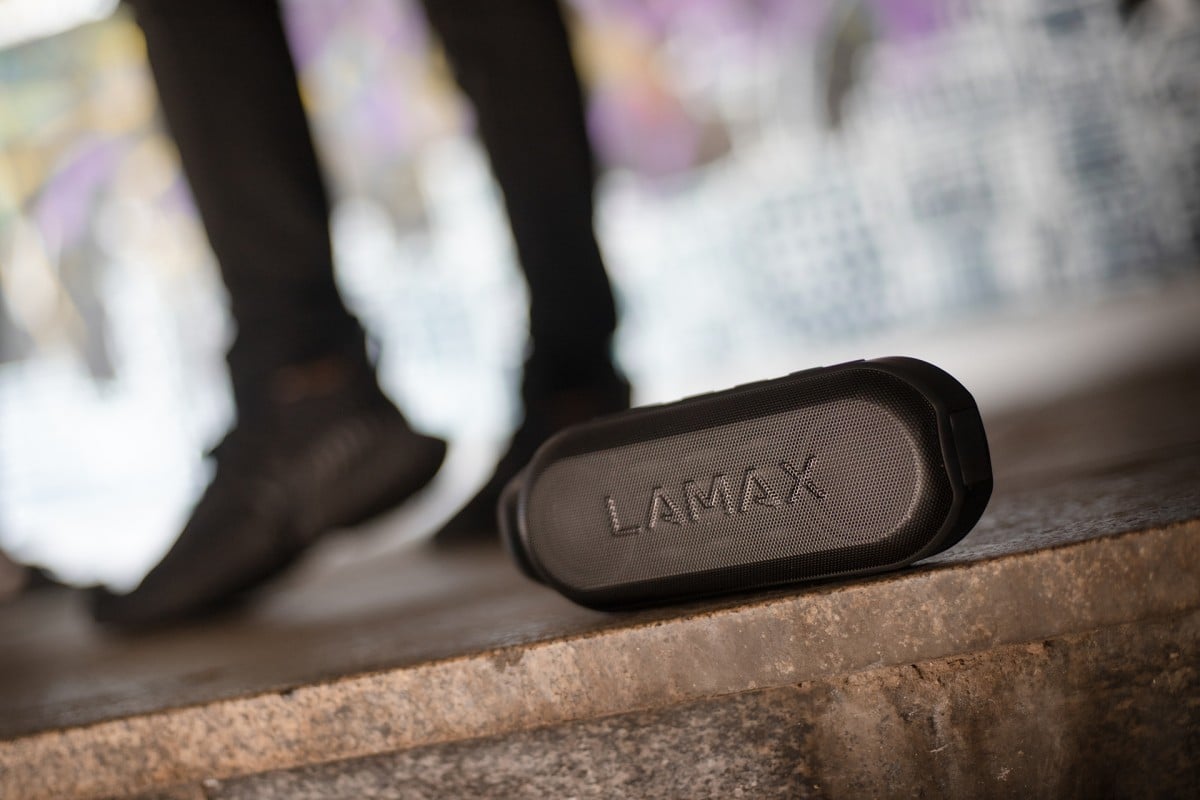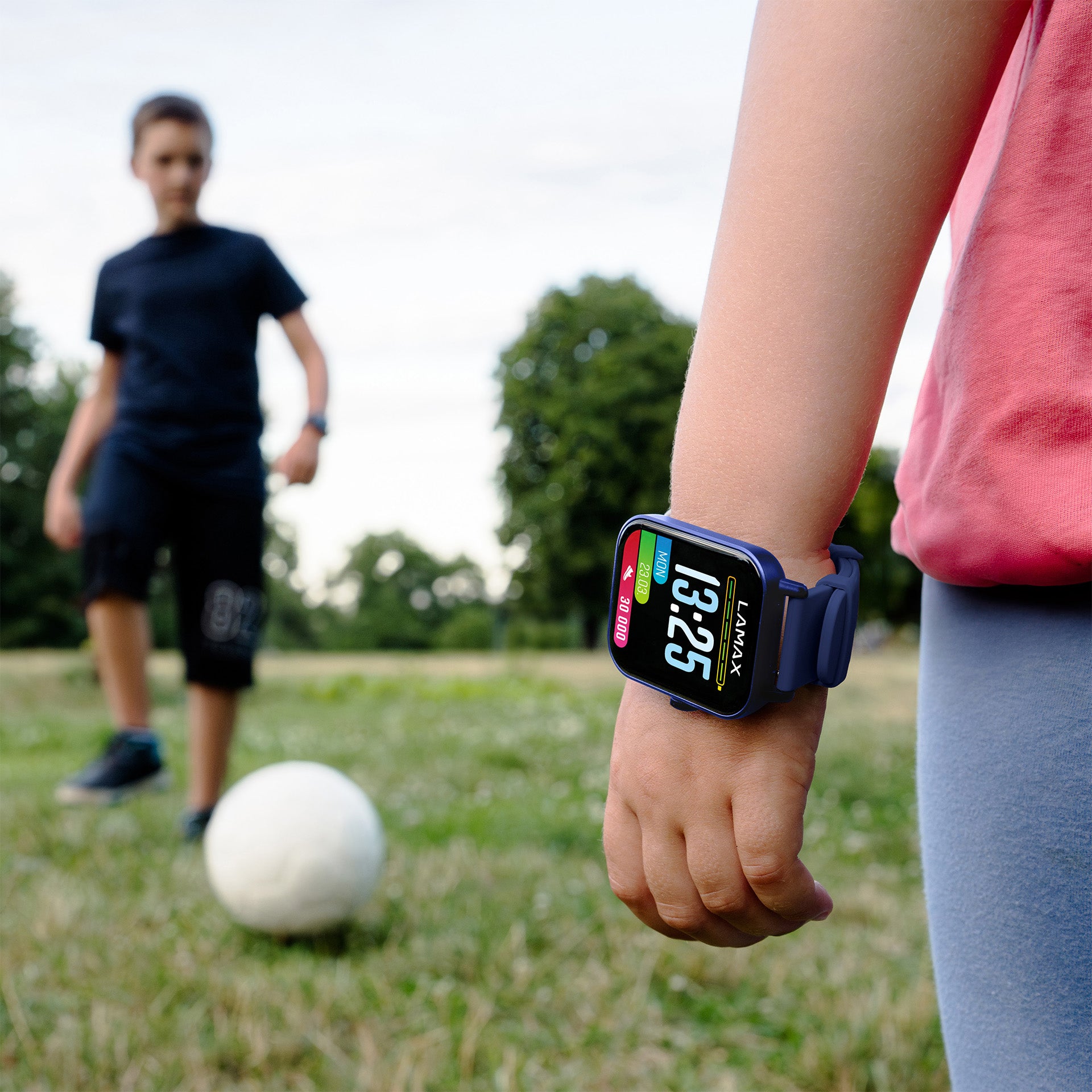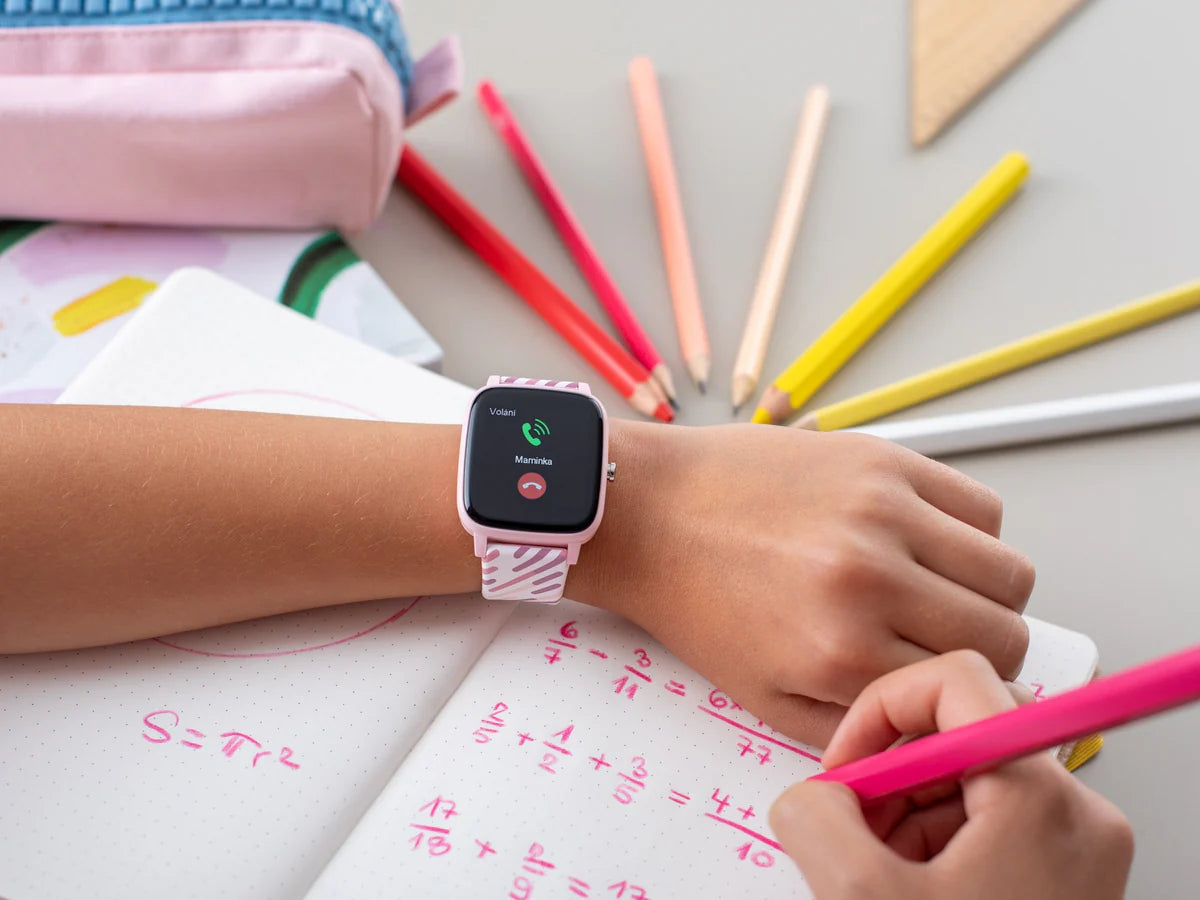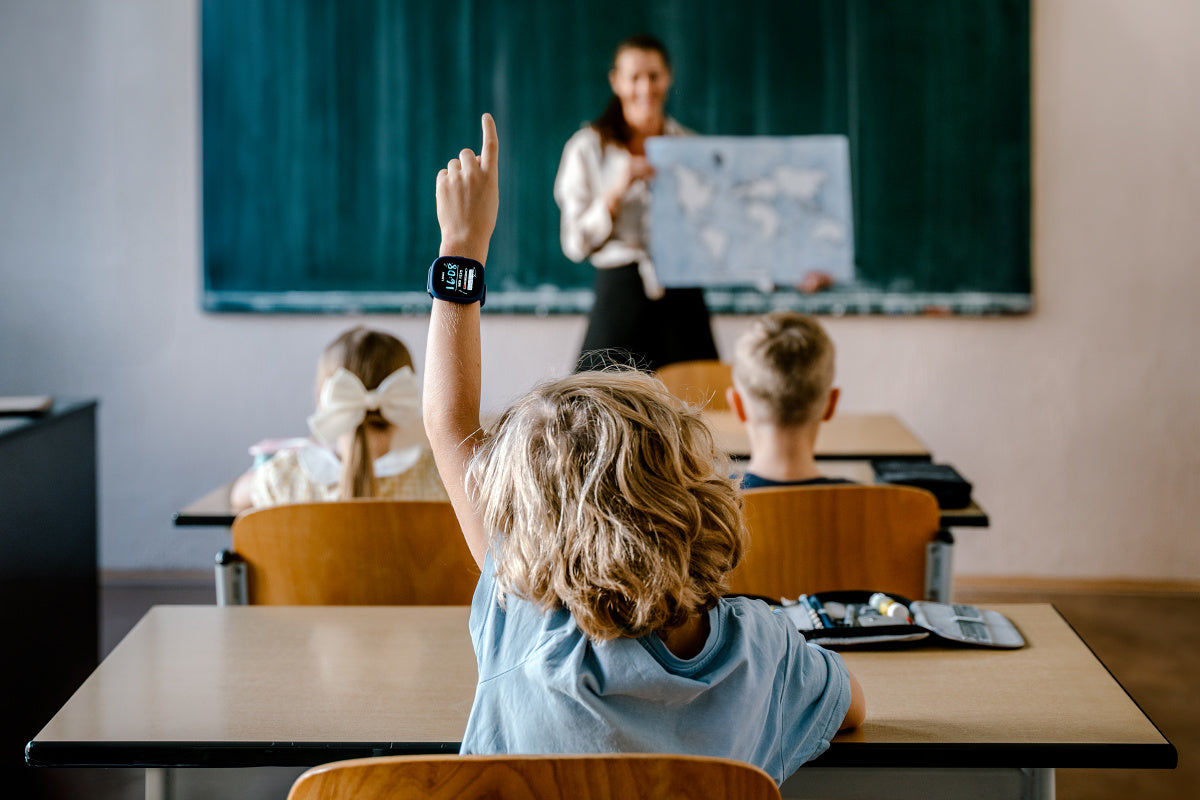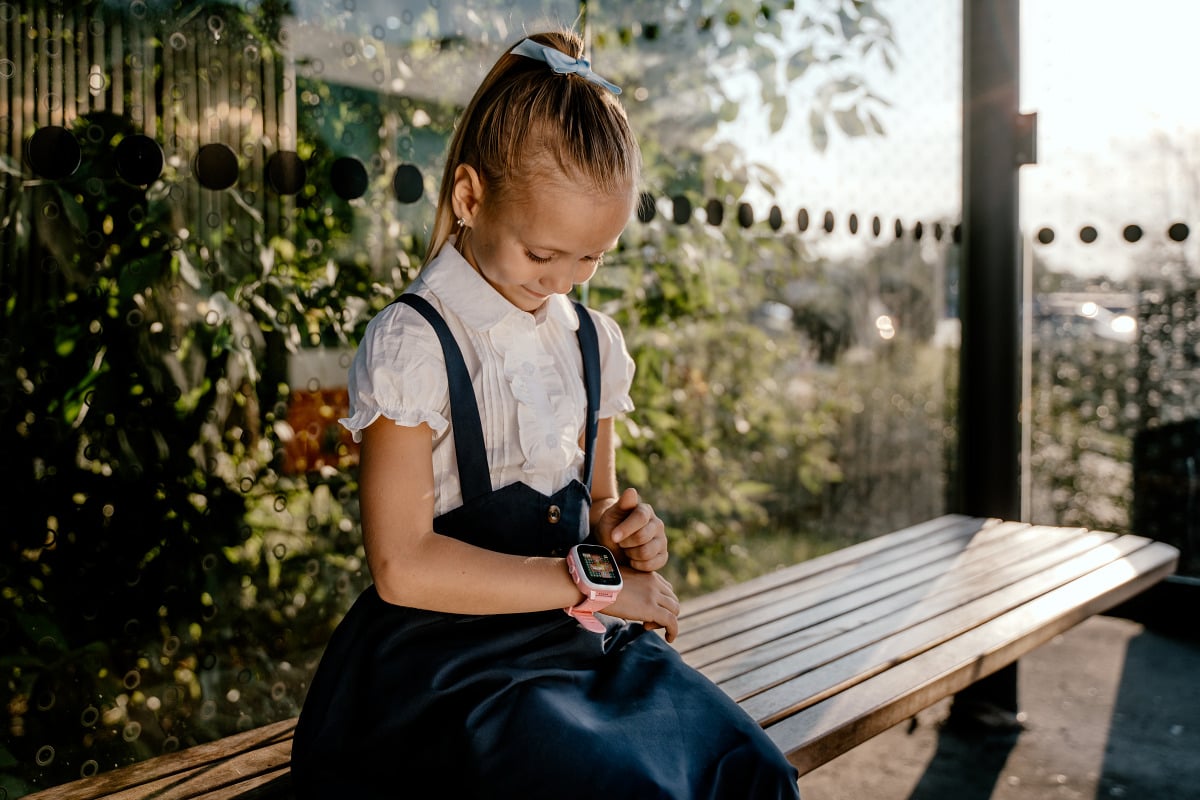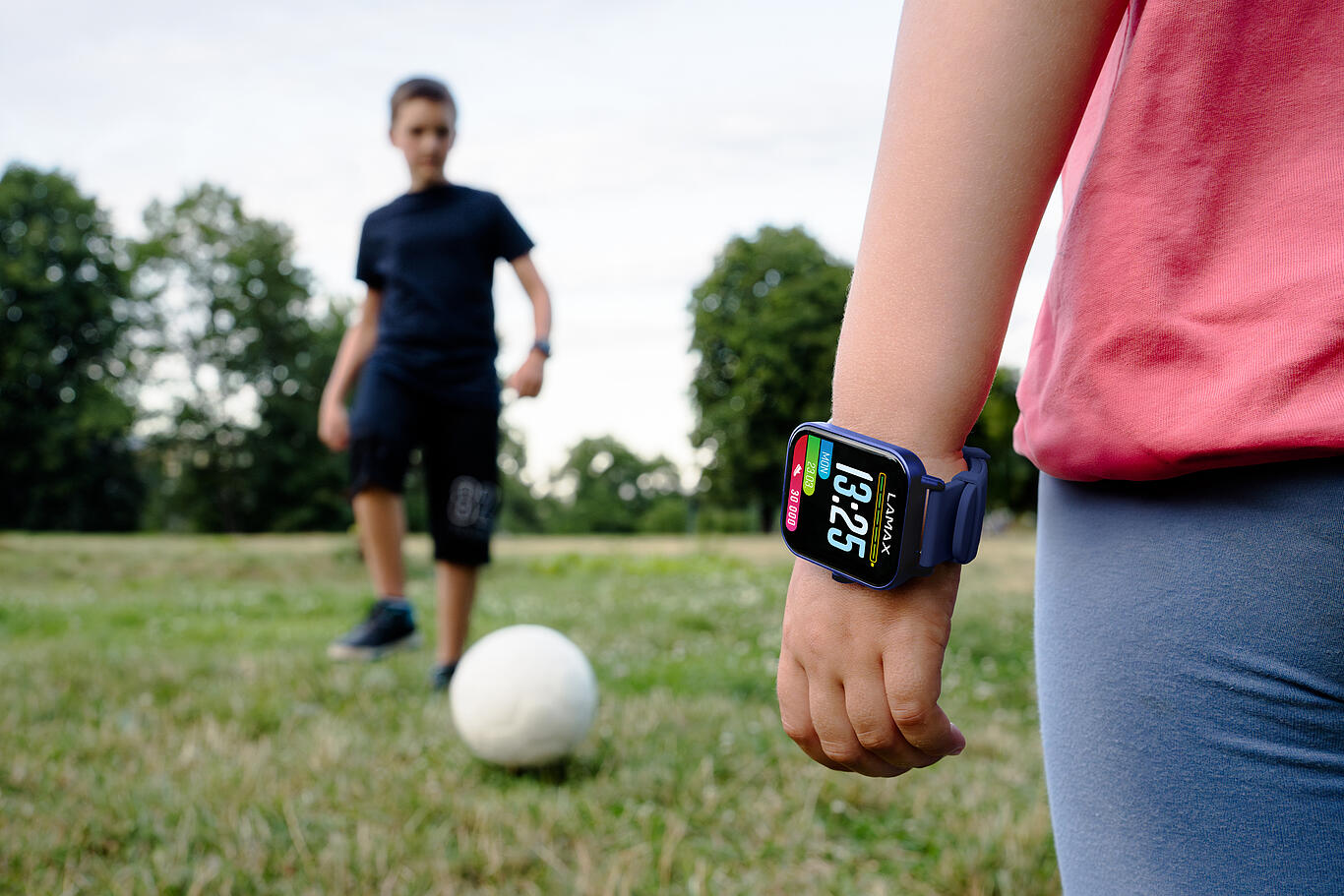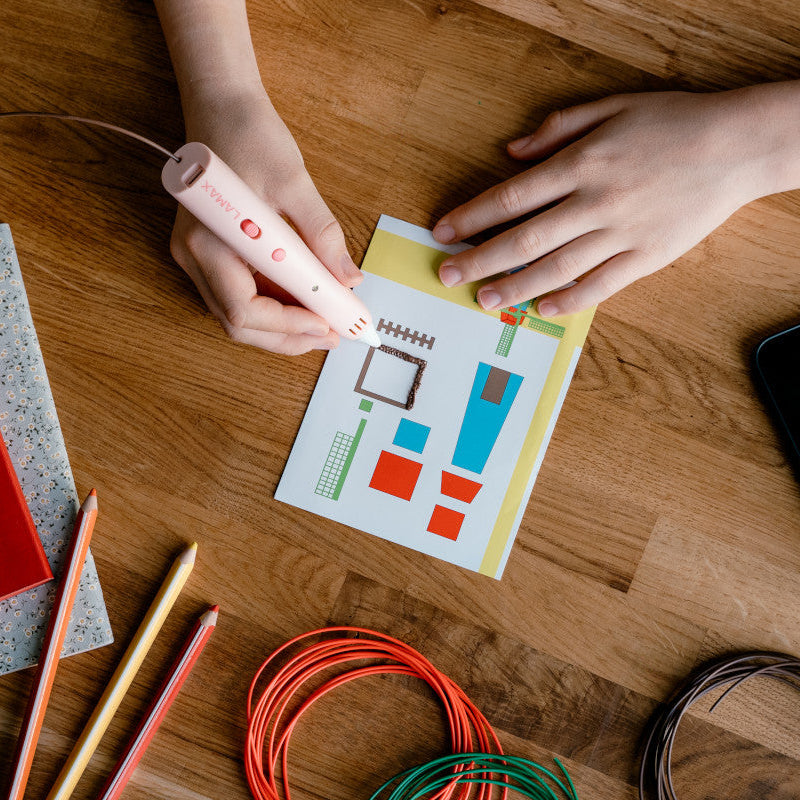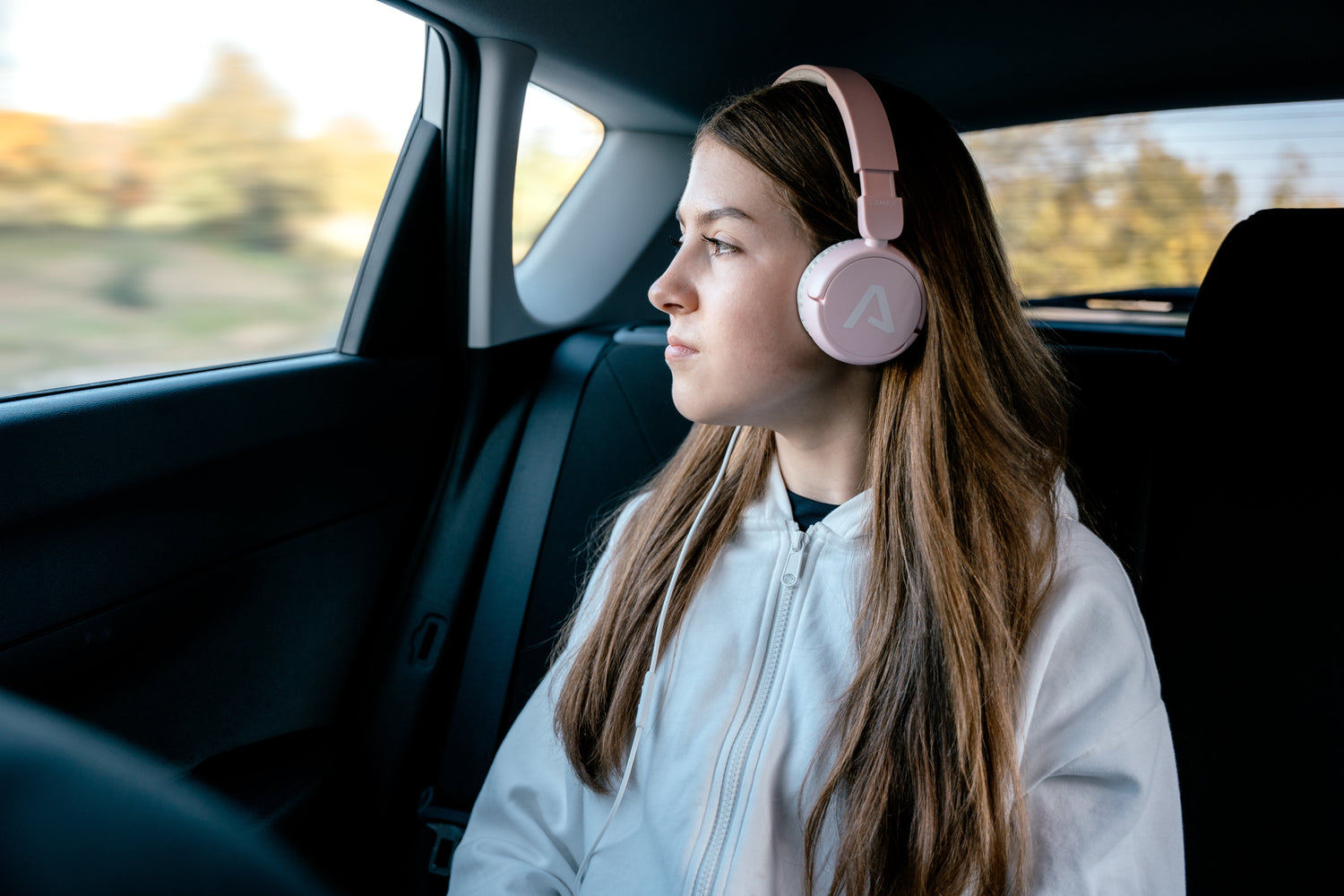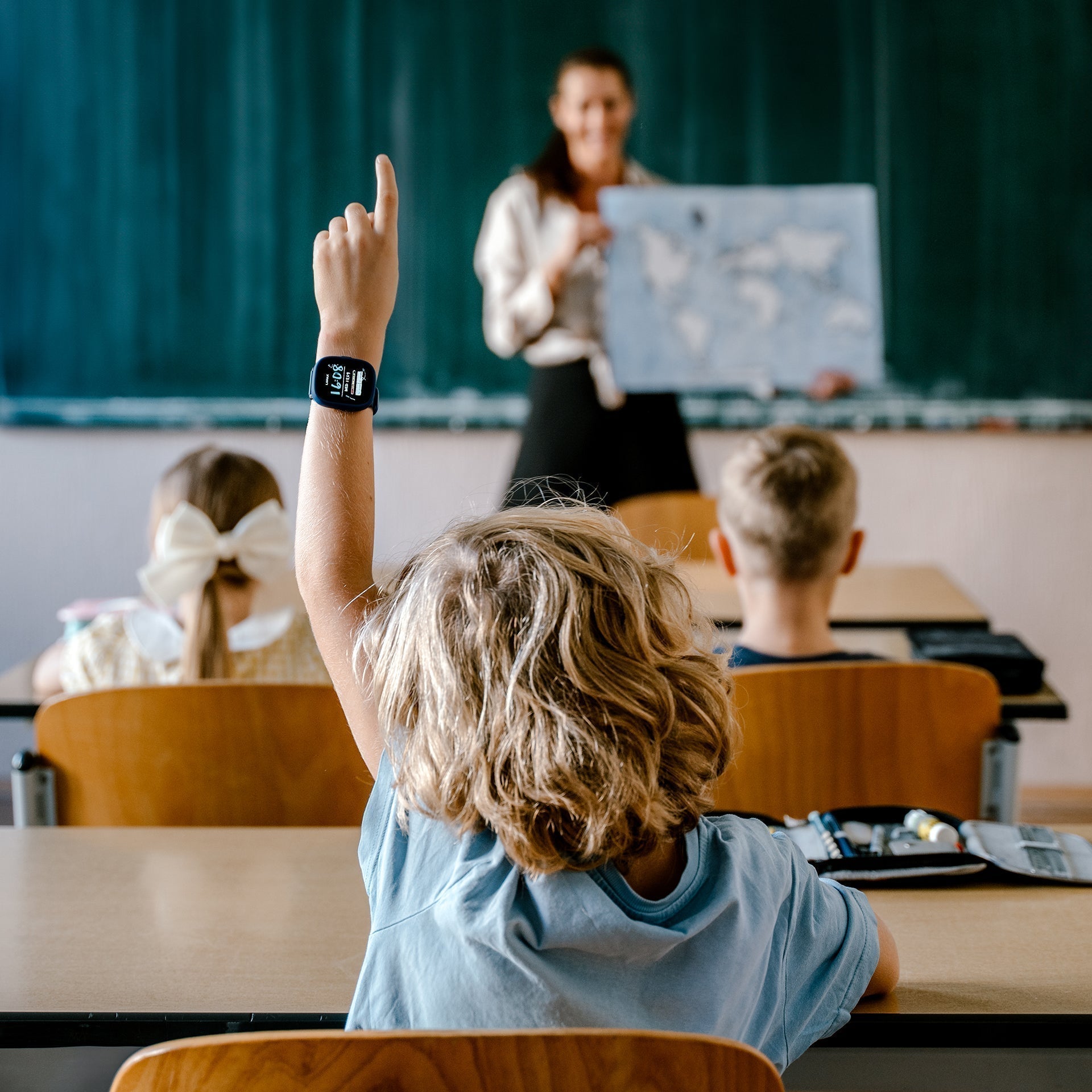Children’s hearing is delicate. We all use it every day, but few realize that it’s much more vulnerable in kids than in adults. And since children love to listen to music at full volume, it’s up to parents to help them listen safely.
Hearing That’s Still Developing
A child’s ears are still growing and maturing. High volume, noisy environments, or long listening sessions can damage the tiny hair cells inside the ear – and once they’re gone, they don’t grow back.
The result can be not only hearing loss, but also fatigue, irritability, or trouble concentrating. That’s why it’s worth protecting their hearing early – before problems appear.
Safe Technology in Practice
LAMAX Play kids’ headphones are designed specifically with sensitive hearing in mind.
They feature a volume limit – typically 85 dB – considered safe even during longer listening periods.
Thanks to this, kids can enjoy music, audiobooks, or online learning without the risk of harming their ears.
They’re also lightweight, comfortable, and adapted to smaller heads, so they don’t press or cause discomfort even after hours of use.

Music as Joy, Not Risk
The goal isn’t to ban music – quite the opposite. Music supports emotions, rhythm, and creativity.
It’s simply about teaching kids to listen safely. With good headphones that limit volume, you don’t have to monitor every decibel.
And children can still enjoy their favorite songs to the fullest – just in a healthy way.
A Small Step for Parents, a Big Step for Kids’ Hearing
Protecting hearing is simple – just choose the right headphones, show your kids how to use them, and lead by example.
Healthy hearing isn’t just about hearing well – it’s about experiencing the world fully, with all its tones, sounds, and moods.
LAMAX Play wants to help kids keep it that way for as long as possible.

